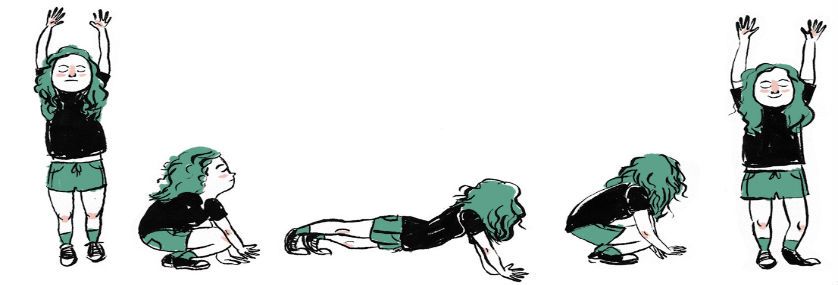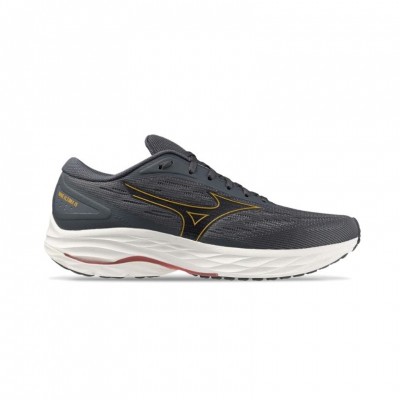Although the term plyometrics probably doesn't ring a bell, the vast majority of people have done numerous plyometric exercises during their childhood physical education class at school. Who hasn't done squats, deep jumps or thrown a medicine ball weighing a hundredweight on one occasion or another in that class?
This type of exercise is used as a complement to training in many disciplines to improve and enhance the performance of athletes, including running. In addition to being useful, they are very simple since they do not require the use of any apparatus or machinery and have the added advantage of being able to be performed almost anywhere with the help of street furniture.
Plyometrics and its respective exercises contribute, through explosive movements, with repetitive character and in short periods of time, to increase endurance, speed, running technique and, at the same time, help to prevent possible injuries. The effectiveness of this type of training lies in the contraction of the muscle that accumulates energy before the impulse to stretch later, enhancing strength and agility.

Here are some simple pylometric exercises to improve and enhance the performance of your lower body. You can do them once or twice a week, but no more. The number of sets and repetitions will depend on your fitness level. You are the one who knows best. To start, you can perform each of these exercises for one minute with a rest interval of 30 seconds between them.
Burpees
This exercise, also known as the leap frog, works both the upper and lower body. Start in a standing position, then crouch down and place your hands on the floor in front of your feet as if you were a frog. Then, using an explosive thrust, stretch your legs backwards and end up in a push-up position. Now you have to push yourself back up to return to the previous 'frog' position. The exercise concludes with a jump to lift yourself off the ground with your arms up. If you're a beginner, I recommend performing a half burpee, deleting the final jump.
Depth jump
It consists of jumping hard from the ground to a higher surface such as a step or bench with an approximate height of 25 or 40 centimeters and return to the ground cushioning the fall. Another variation of this exercise consists of drawing two marks on the ground at a certain distance from each other and trying to get from the first to the second one.
Jumping on heights
Get on a bench, step, or a small wall with a minimum height. With your back straight and your legs slightly bent, let yourself fall forward and as soon as your legs touch the ground, jump upwards with your arms raised and try to get as far as you can.
Squats
This well-known exercise is always started in an upright position. The movement is performed by bending your knees and hips to lower your body towards the ground without losing verticality. Finally return to the upright position at the beginning.
Depending on how far you lower your body in this exercise, the training effect will be greater or lesser, and there are several different types of squats:
- Half squat: your thighs never become completely parallel to the ground.
- Full squat: your thighs end up parallel to the ground.
- Deep squat: your thighs go beyond the parallel position, resting on your calves and ankles, almost sitting on the floor.
Jumping Squat
This is the simplest plyometric exercise of all. You should squat down and quickly jump as high as you can. Cushion the landing by bending both knees and jump back up again.
Jumping Jack
The Jumping Jack is another of the classic exercises that were performed in physical education class. It consists of jumping (without displacement) by opening and closing your legs while joining and separating your arms and hands above your head.
Climbing stairs
With this exercise you will achieve greater strength in your legs and a better technique for running. It would be advisable that the steps, besides being wide, are more than ten. Each step you have to step on with one foot, so that with each impulse you reach the next one.
Cover illustration: Gabriela Serrano
Photo: Asics Facebook
Read more news about: Running Training



















